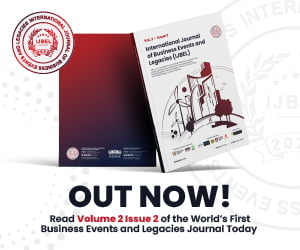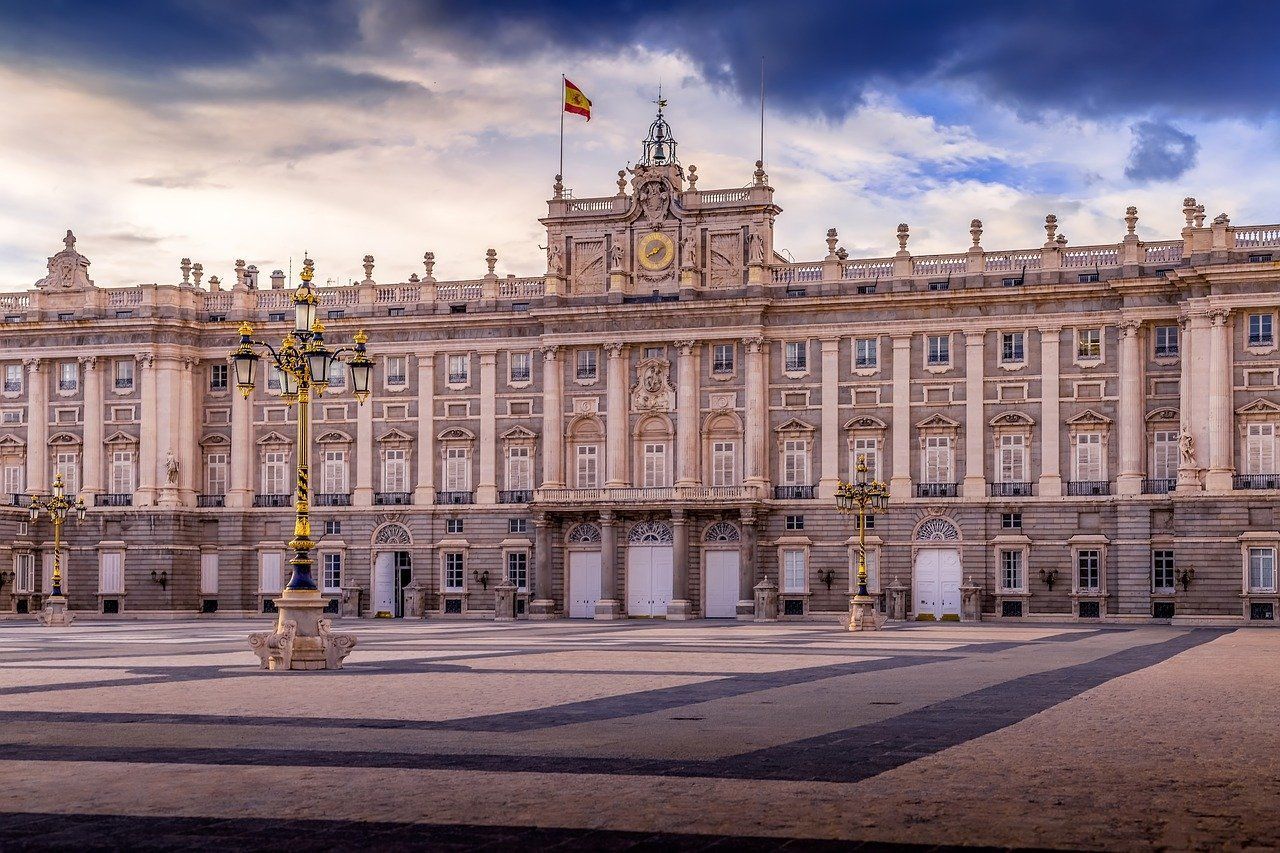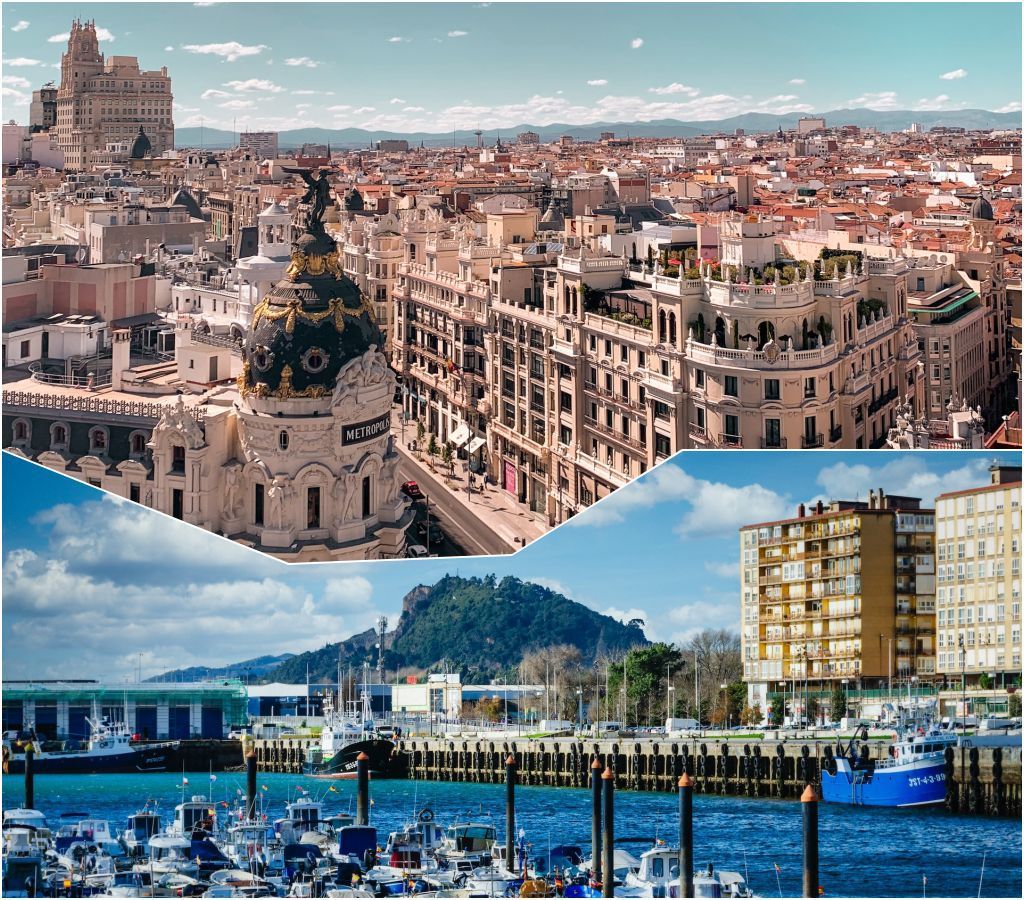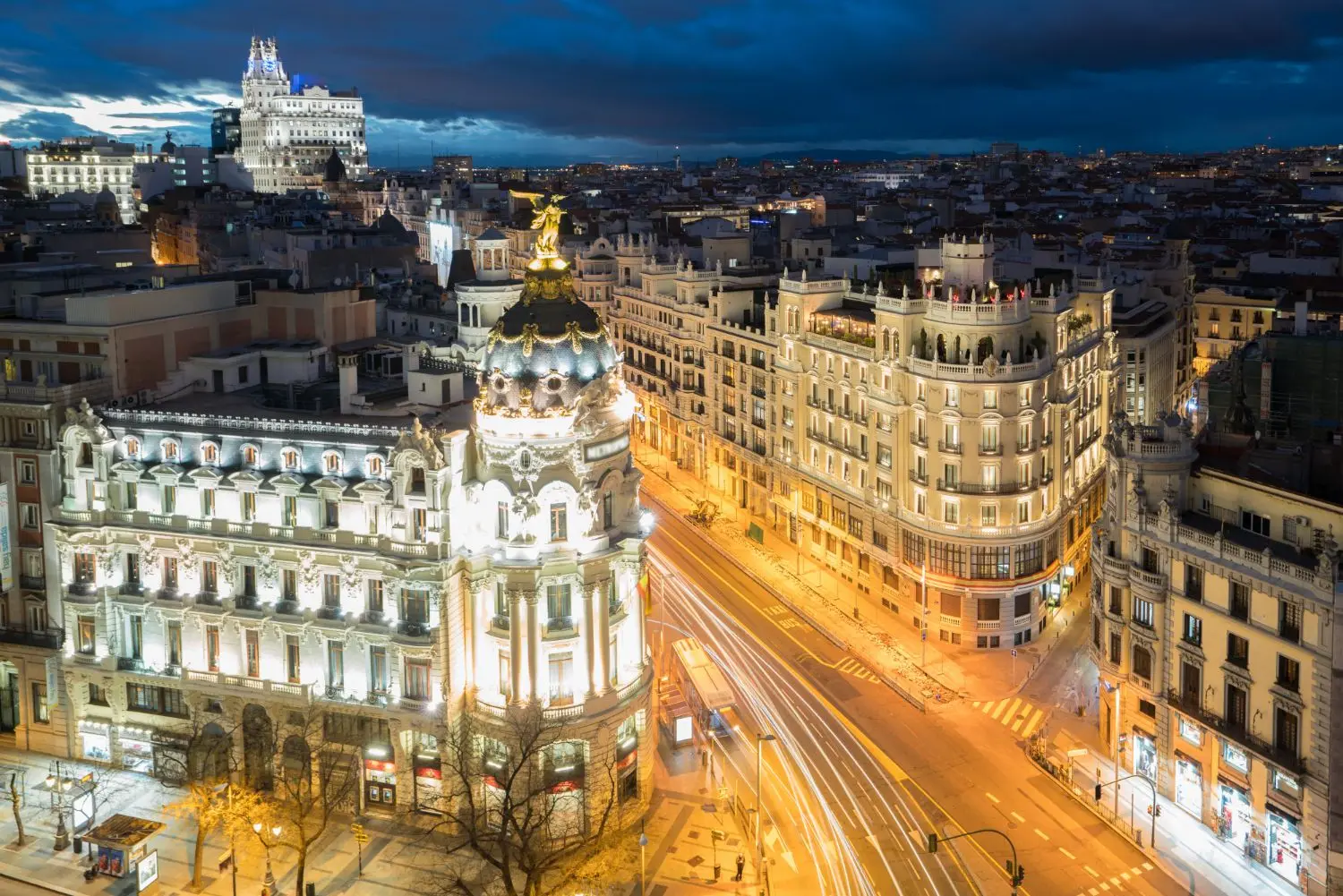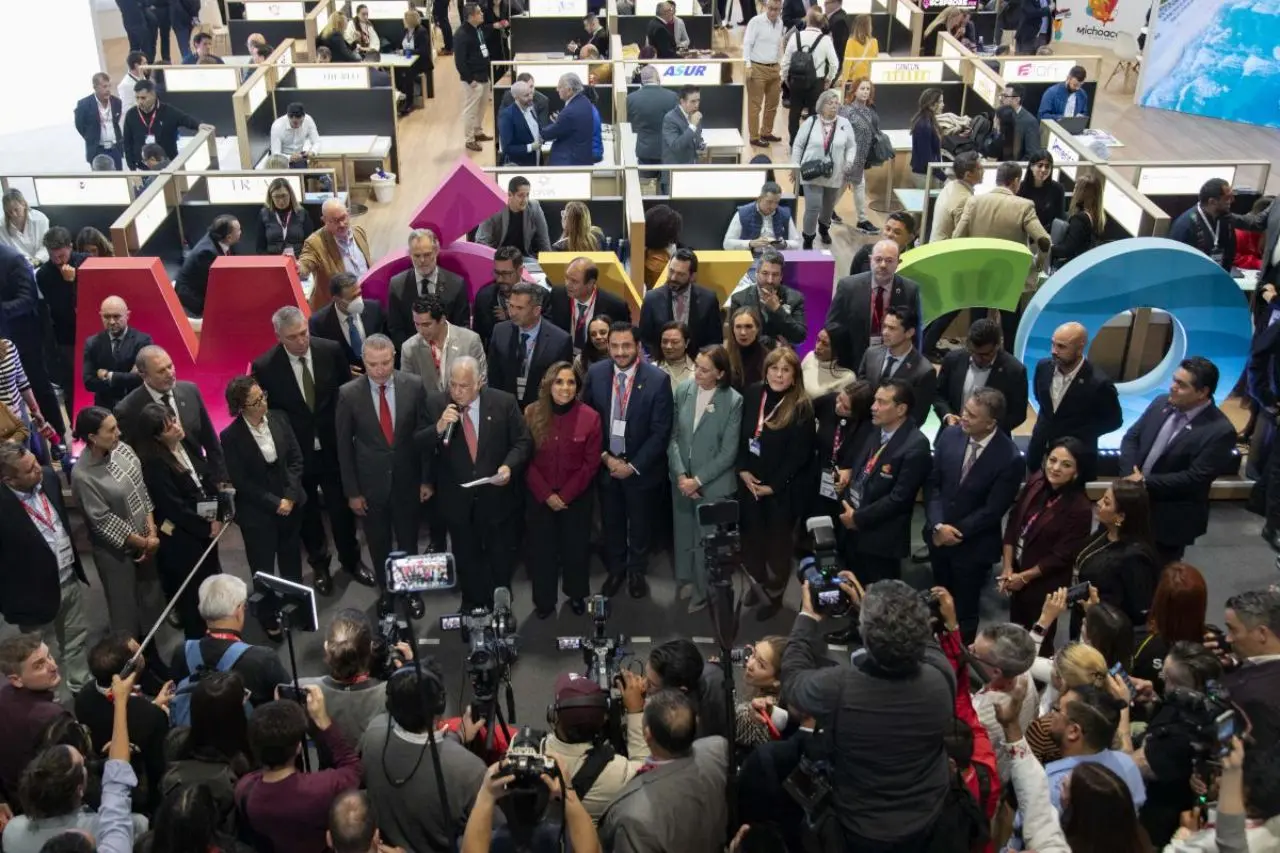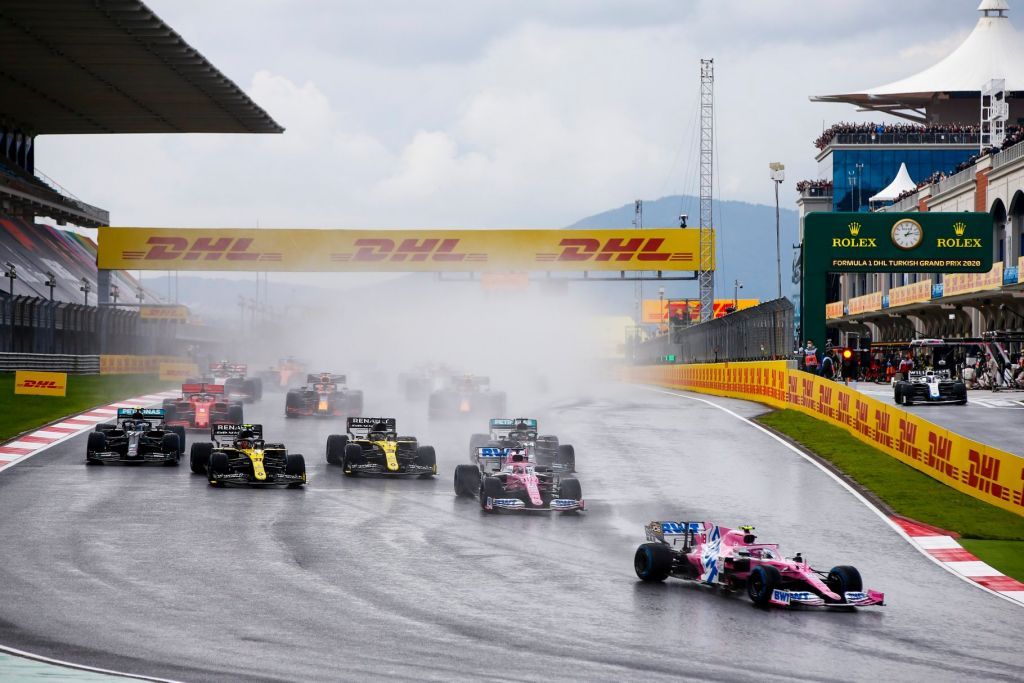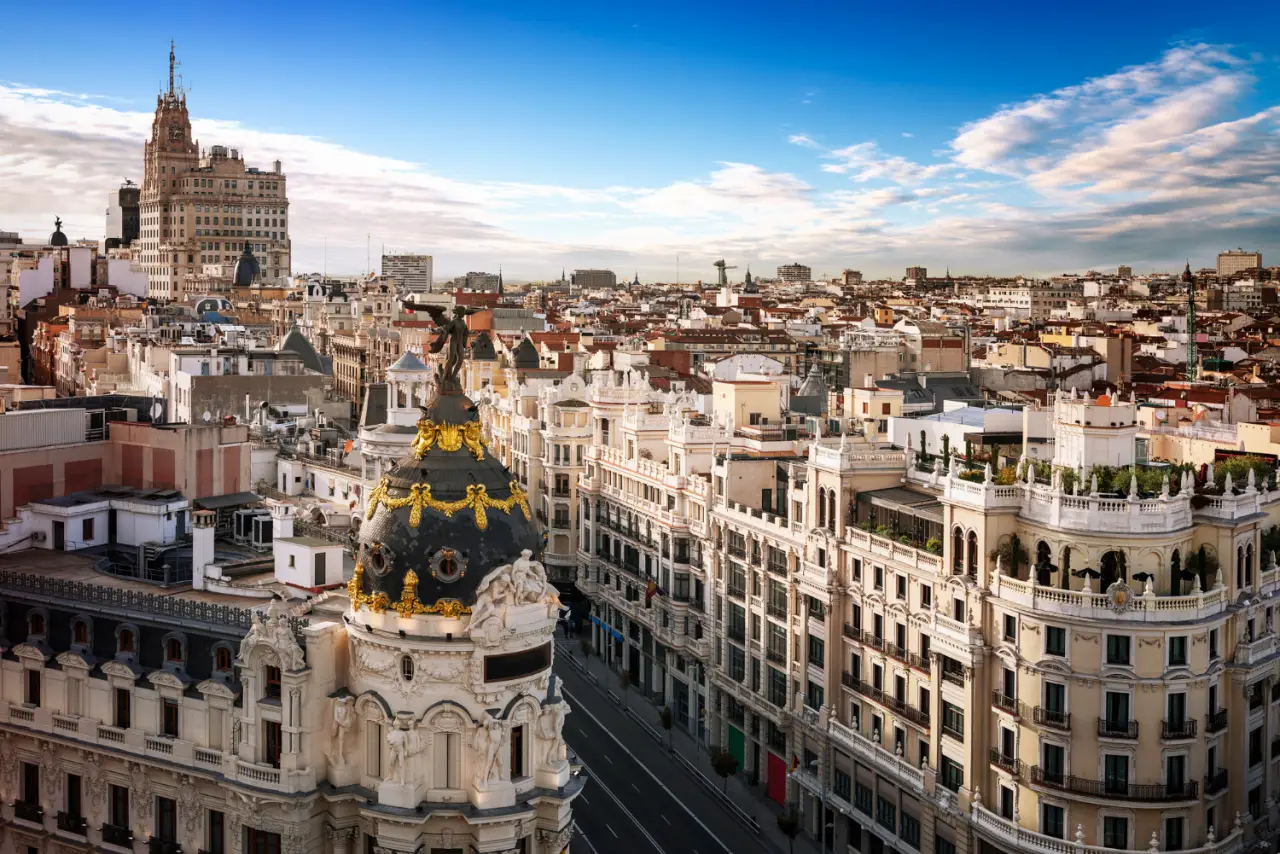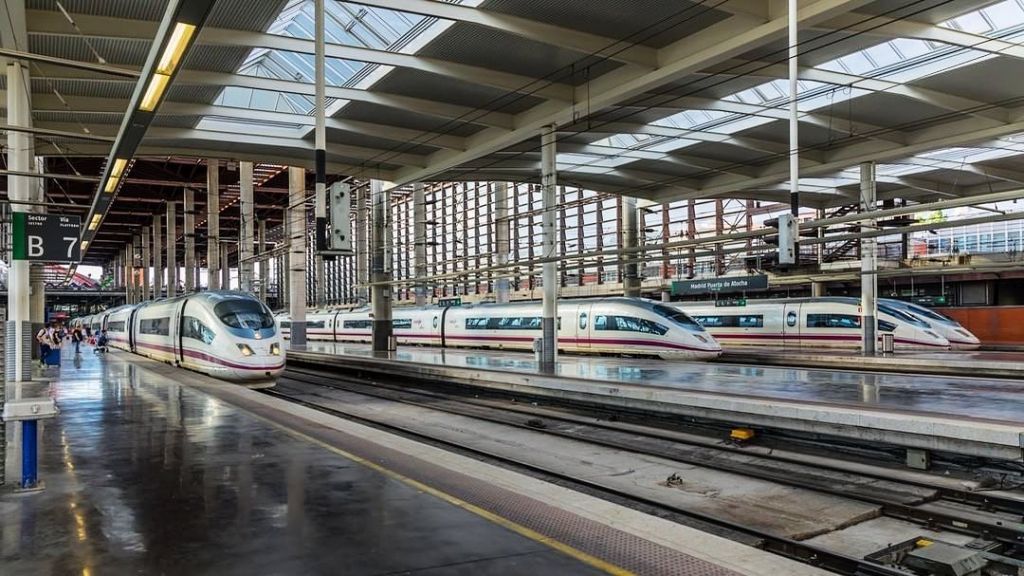Formula 1 has announced Madrid Grand Prix. F1 announced the addition of the Spanish capital, Madrid, to its calendar from 2026.
Madrid inked a 10-year deal to host races at a newly-constructed, sustainable track. This decision marks a significant expansion in Formula 1’s global footprint, showcasing the sport’s growing appeal and commitment to sustainability.
As we previously reported, this addition to the F1 calendar not only enhances the sport’s presence in Europe but also underscores its dedication to eco-friendly initiatives. Madrid’s entry into the F1 calendar is a testament to Europe’s continued investment in Formula 1, despite the sport’s recent expansion in the Middle East and the United States. The new facility in Madrid reflects a strong desire within Europe to maintain and enhance its status in the world of Formula 1. Stefano Domenicali, President and CEO of Formula 1, expressed his enthusiasm for the project, highlighting it as evidence of the enduring global appetite for the sport.
Madrid’s Commitment to F1 and Sustainable Development
The new Madrid Grand Prix circuit, to be located around the IFEMA MADRID convention center, near the city’s international airport, is being developed with sustainability at its forefront. In recent years, IFEMA MADRID has achieved a 78% reduction in its carbon footprint and uses 100% certified renewable energy. The new race venue aims to further this commitment, with plans to implement zero waste disposal and use recyclable materials for any temporary structures built for the race.
Let’s go racing in Madrid!
Say hello to the brand-new circuit built around the @IFEMA Exhibition Centre ✨#F1 pic.twitter.com/klysY8HAiT
— Formula 1 (@F1) January 23, 2024
This sustainable approach aligns with Formula 1’s goal of reaching Net Zero Carbon by 2030. The Madrid Grand Prix is poised to become one of the most accessible and eco-friendly events on the F1 calendar, with excellent public transport connections and a strong focus on minimizing its environmental impact.
Largest Capacity Expected at Madrid Grand Prix
The Madrid Grand Prix, running from 2026 to 2035, is expected to be one of the largest capacity races on the F1 calendar. With an initial capacity of 110,000 per day, rising to 140,000, it rivals major races like Austin, Melbourne, and Silverstone. This long-term deal, according to Domenicali, is part of F1’s strategy to provide stability and vision for the sport’s future, moving away from shorter-term agreements to more extended commitments.
Impact on the Barcelona Grand Prix
The introduction of the Madrid Grand Prix raises questions about the future of the Barcelona race, a staple on the F1 calendar since 1991. Domenicali clarified that Madrid’s inclusion does not necessarily signal the end of F1’s partnership with Barcelona. Discussions are underway to potentially extend collaboration with the Circuit de Barcelona-Catalunya.
Spain’s Rising Popularity in Formula 1
Formula 1 has seen a significant boost in popularity in Spain, with a total season TV audience of 77 million in 2023, an 84% increase from the previous year. Over 10 million viewers watched the 2023 Spanish Grand Prix, indicating the country’s growing interest in the sport. This surge is further evidenced by the recent contract extension with Spanish broadcaster DAZN until at least the end of 2026.
Madrid’s inclusion in the Formula 1 calendar is a major milestone, reflecting the sport’s global appeal and commitment to sustainable development. With its focus on eco-friendly practices and a long-term vision for the future, the Madrid Grand Prix is set to become a flagship event in the world of motorsports.
Photo shows: (From L-R) IFEMA congress centre’s President Jose Vicente Mozos, F1 CEO Stefano Domenicali, Madrid’s Regional President Isabel Diaz Ayuso, Madrid’s Mayor Jose Luis Martinez Almeida and Madrid’s Chamber of Commerce’s President Angel Asensio


